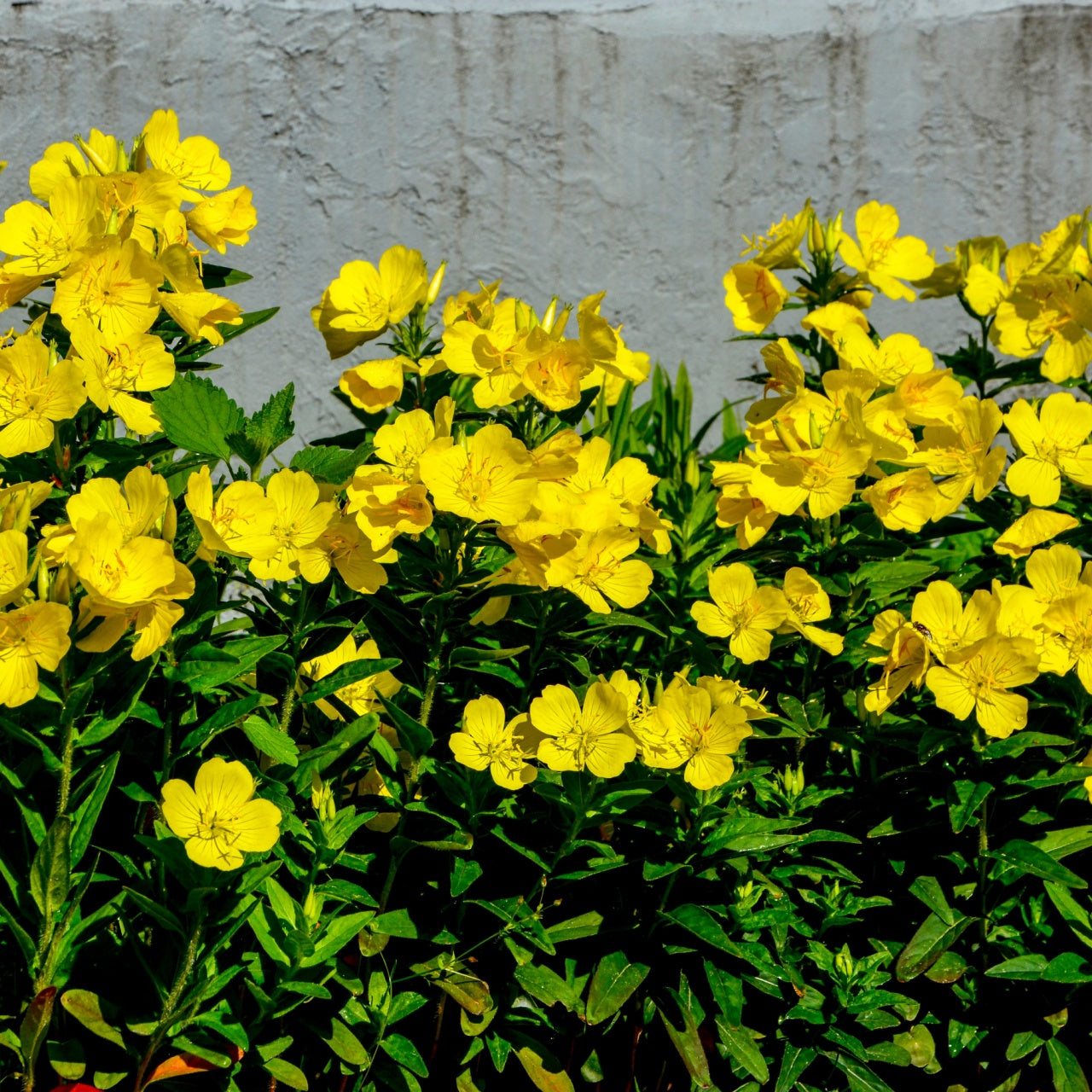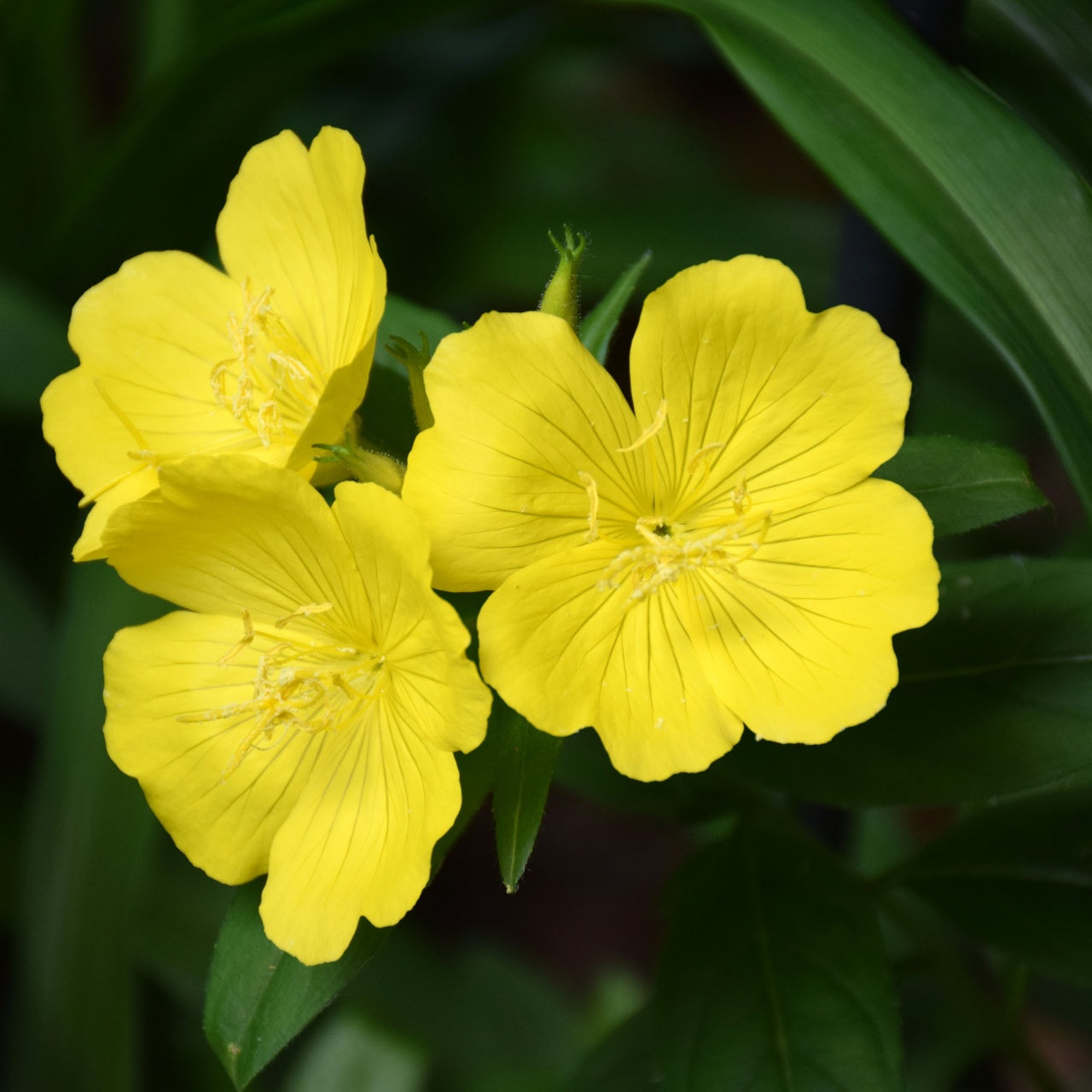Evening Primrose Plants
This plant ships:
Ships 7-10 DaysCouldn't load pickup availability
Exposure
Sun or ShadeHeight at Maturity
Under 12 InchesUsage
FloweringShipped As
Bare-rootShips
Ships 7-10 DaysPlanting Zones
4-9Evening Primrose Plants Also Known As Oenothera biennis
Evening Primrose Plants are showy flowers with unique blooming habits. While yellow is the most common variety, they also come in shades of pink and white. Also known as Oenothera biennis, Fever type, or Suncups, this heat-loving plant is drought-resistant and low-maintenance.
Evening Primrose Plants Reaches Over 2 Feet Tall
This biennial flower can grow over two feet tall with a two-foot spread at maturity. It is named for its unusual blooming habits, opening its flowers around sunset and closing them around noon the next day. A member of the Onagraceae family, its roots penetrate deep into the soil.
The Perennial Is Native To North America
Evening Primrose is native to North America and features a rosette of leaves at its base. Tall, hairy stems shoot up with lance-shaped leaves and often take on a purple hue as they grow. At the stem’s apex, four-petaled, cone-shaped flowers bloom in clusters between May and September, emitting a gentle lemony aroma that delights gardeners.
It Is A Fast-Growing Herbaceous Perennial
This fast-growing herbaceous plant is ideal for filling open areas in a landscape. It can thrive in poor soils, making it perfect for difficult spots in any garden. It is hardy, self-seeding, deer-resistant, and attracts bees, butterflies, and various birds. It is also not prone to severe diseases or pest infestations.
This Wildflower Produces Over 1000 Seeds Per Plant
In late July, Evening Primrose transitions from flowers to fruit pods. Each plant produces around 1,000 seeds, which are spread by the wind to propagate new plants. The pods are about one and a quarter inches in size, thicker at the base than at the tip.
Share






